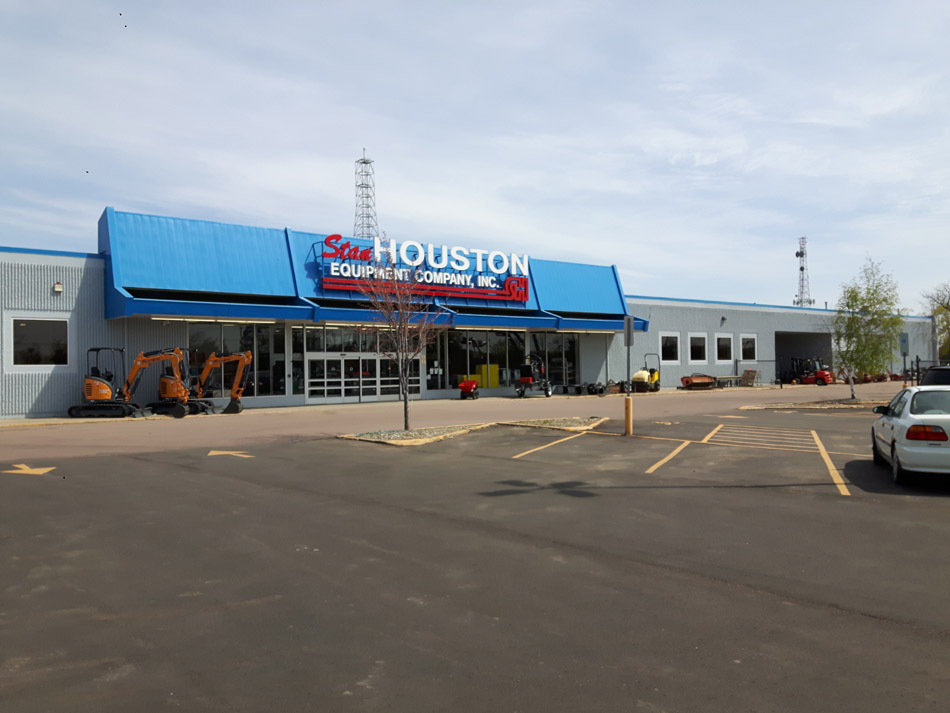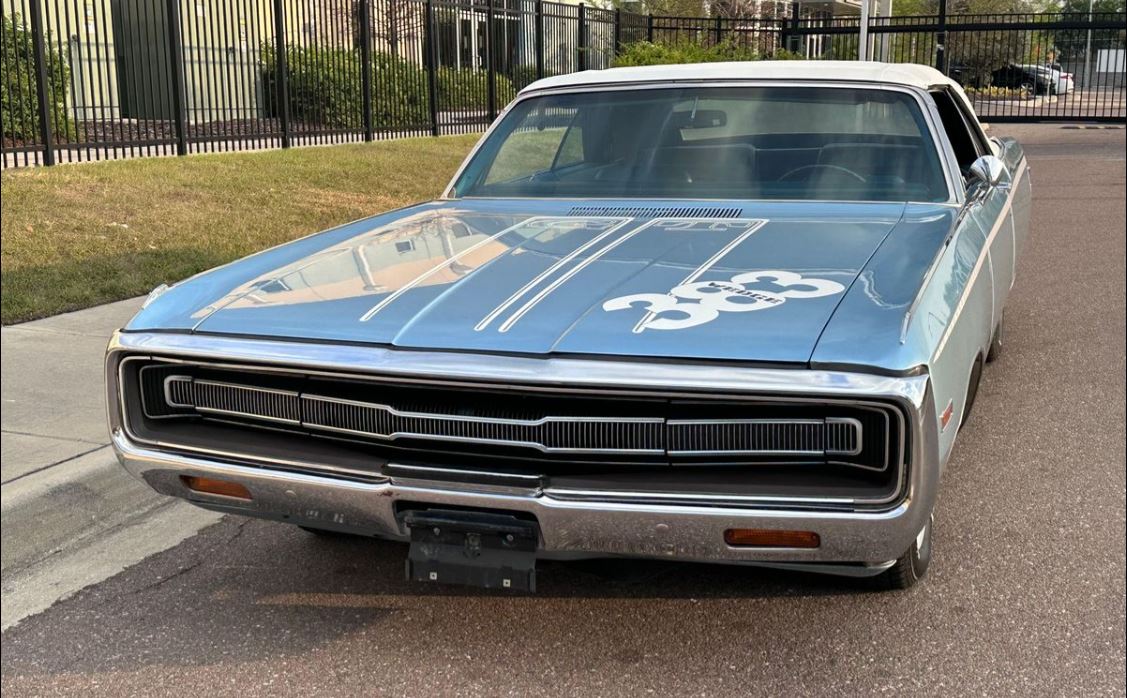AMSOIL KEEPS BMW ON THE ROAD FOR NEARLY 20 YEARS For more than 18 years, Preferred Customer Ilya Moshenskiy of Redmond, Wash. has trusted AMSOIL synthetic lubricants to keep his 1998 BMW on the road. “I’m a long-term customer. (I’ve) personally put over 400k miles in the driver seat,” Moshenskiy said. “I have owned my […]
See Our Favorite Bikes from the 2019 Stu...
See Our Favorite Bikes from the 2019 Sturgis Motorcycle Rally Lindsay Premo|Aug 15, 2019 9:34 AM Sturgis. For decades it’s been the rallying cry of bikers from across North America. Riding in the Black Hills of South Dakota quickens your senses and offers an elixir for the soul. So say the hundreds of thousands who […]
Five reasons to use motorcycle oil in yo...
You can use Car Motor Oils in your Bike if you Add Two More Wheels. You wouldn’t want to buy a used bike if motorcycle oil wasn’t used. Impressive performance happens when you are using the right oil in the right application. Len Groom | TECHNICAL PRODUCT MANAGER, POWERSPORTS The results of a study from […]
Ultra-low-sulfur diesel doesn’t provide
Ultra-low-sulfur diesel lacks Needed Lubricity Mark Nyholm | TECHNICAL MANAGER, HEAVY DUTY AND MECHANICAL R&D Fortunately, we have a simple solution. It feels like forever ago, but it’s only been 13 years since the U.S. Environmental Protection Agency (EPA) mandated reduced sulfur content in diesel fuel, in 2006. Boy, were people angry. They knew sulfur […]










